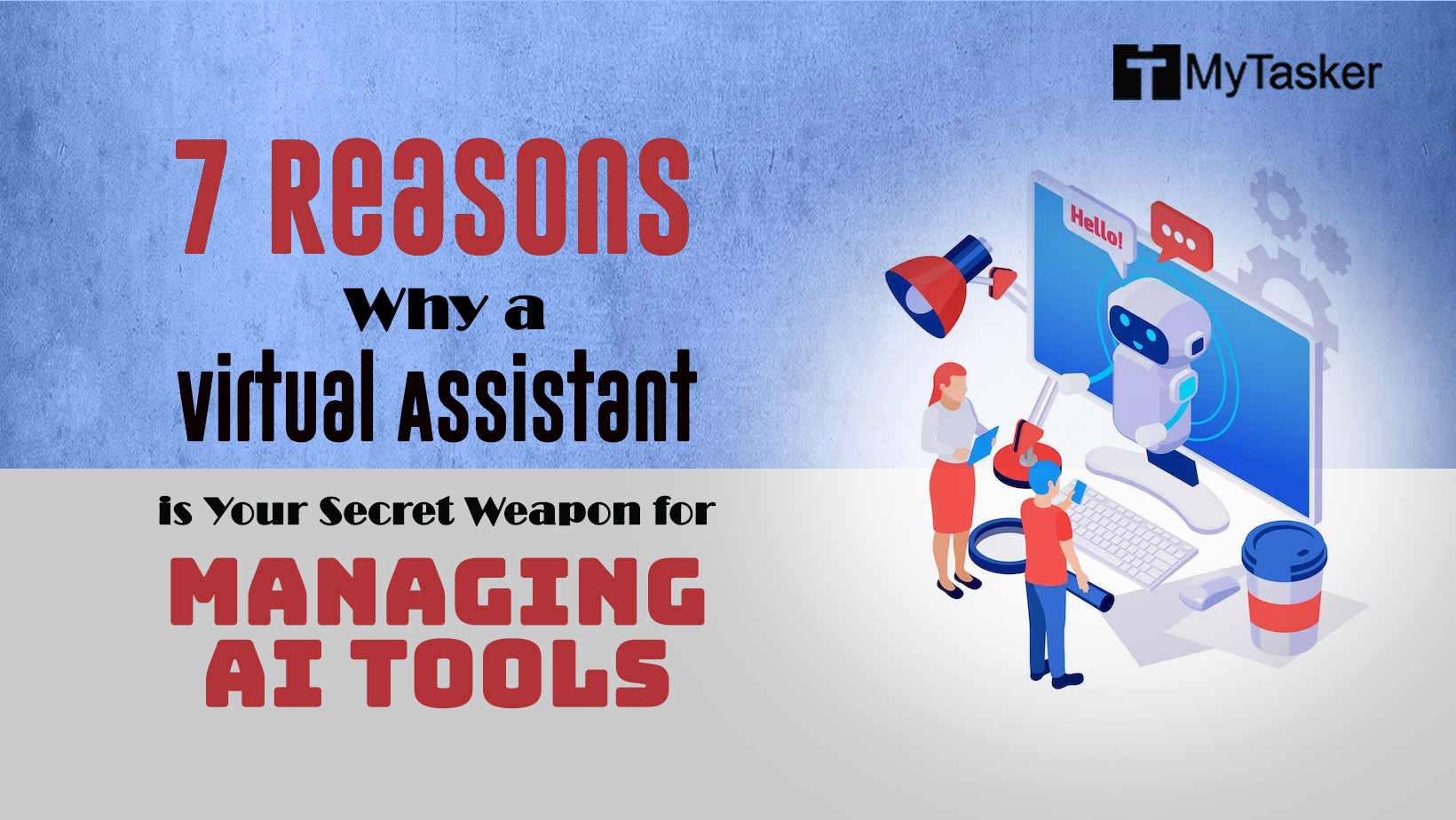With the massive number of blogs cropping up everywhere on the internet, people are experiencing the broadest choice of sources for their information.
With that being said, the big question that today’s bloggers ask is:
How to increase blog traffic quickly?

We understand how critical the answers to this question are, so we have listed 17 proven tactics to grow your blog traffic faster.
At this information age, anyone who knows these tricks will clearly be in the lead.
Keep reading…
1. Create evergreen content for your blog
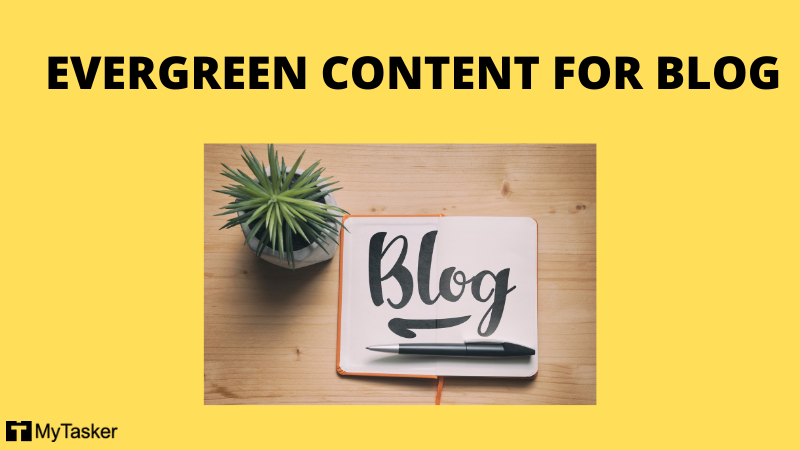
Writing on topics that users will clearly need for a while is one good way to ensure higher blog traffic. Learn to identify the recurring questions people ask today or need help with all the time.
Questions on how to increase blog & website visitor or on how to download a video are incredibly common.
‘How To’ posts on evergreen topics will ensure a good rating for your blogs in search engines.
2. Write content on a trending topic

We live in a fast paced world. Internet users search for information on blogs to help them boost that speed. Do NOT slow them down with posts on old topics that many would have forgotten or moved on from. Write on trending topics or recent happenings that are likely to be searched.
People will search for SEO techniques and strategies rather than searching for SEO in 2008.
Pro Tip: Check out our 103 SEO Interview Questions & Answers to know more about SEO.
3. Optimize your posts for search engines

This serves a multi-fold purpose – Makes the article easier to find by the searcher and easier to detect by the search engines. Optimized posts result in better ranking which is essential to increase traffic.
Writing quality content with strong titles and Meta descriptions help generate optimized posts.
Don’t forget to analyze and revise your writing to create crisp and useful content. Adding necessary keywords is always a good idea too.
4. Target long-tail keywords
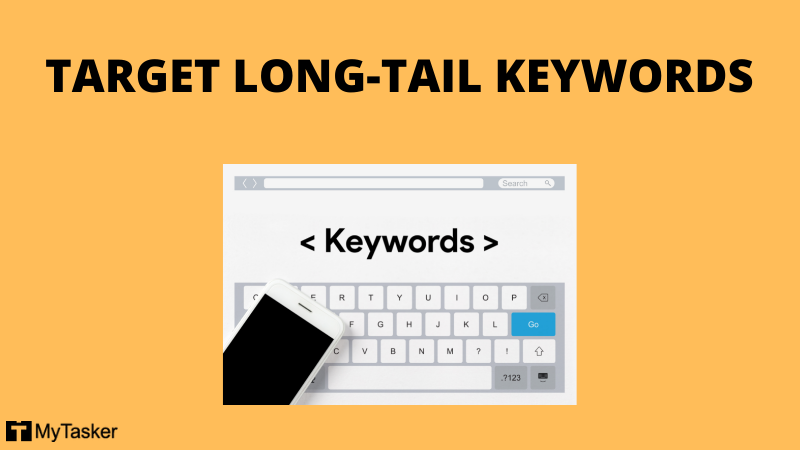
Long tail keywords are those three and four keyword phrases which are very, very specific to whatever you are selling to your customer.
The game of keywords is simple – Include words you think people will search for. What is tricky is including the most of it in your blog and not compromising over quality. Often writers tend to give the highest priority to keywords to the point where the post is one huge block of meaningless text.
Also, search engines have caught up to that so it is no longer a smart option. Instead, write long-tailed keywords to include the most in one compact sentence.
For instance: ‘best movies’ will give you lesser search traffic than ‘best movies Hollywood 2014’ because you included a larger set of words that will relate to what people search for.
5. Write a catchy headline
The title or headline of any blog post is the most important factor, because search engine and human always look at the headline first and then decide to read the article.
It has been seen over the years that people love to read list posts. Try to use number in your headline and then write an in-depth content.
Example of list posts:
5 effective ways to get more search traffic
7 killer ways to improve your blog traffic
12 Awesome SEO Tips and Tricks That’ll Boost Your Rankings

You can use these tools to generate catchy headline.
Tweak Your Biz Title Generator
6. Write better Meta description
The snippet of information beneath the link of search result on SERPs is a Meta description. It is a couple of short sentences that give a searcher a peek into what the website might contain.
The goal with Meta description should be to persuade the searcher to click the link. However, Do NOT mislead the viewers with falsified descriptions. Keep them short, action oriented and targeted towards a goal with honest promises of satisfying the searcher’s needs.
A simple and honest Meta description can do wonders for your blog traffic. Try to write it within 150 characters.
7. Add keywords to post

We have already crossed this idea in our previous points. Include words that you think users might search for, but do not jam your posts with meaningless words and lose out on quality. Words that can crop up as results and lead you to the top of the SERPs are the ones to include.
Sprinkle keywords all over your posts; in the Title, Meta description, headings, URL and paragraphs to perfectly optimize the blog post.
Note: Don’t use same keyword again and again. Better to use synonyms of the primary keyword.
For example:
Say, you have published an article and the primary keyword for your latest post is On Page SEO Techniques, then you can use the following keywords as synonyms of your primary keyword:
On page SEO factors
On page SEO tactics
On page SEO checklist
On page SEO methods
Simple right?
8. Include your target keyword in URL

A URL contains the information that leads to the unique address of a website. However, it can be used in much smarter ways to optimize search engine results.
The search engines have an ability to read the URL. So, using words readable by humans and including the exact targeted keywords in the URL will enable a search engine to target your webpage.
It is remarkably easy to put target keywords in individual blog articles and is also highly beneficial.
For example:
Bad URL: http://www.example.com/buy?id=2f5e2 is not a well written keyword oriented URL.
Good URL: http://www.example.com/tips-to-increase-blog-visitors is more likely to get higher results.
9. Make a fast loading blog
This step is more like learning maintenance of your blog. Identify and eliminate the loose ends on your blog site; revised editions of old posts, copies, useless templates, plugins, etc. Harvesting trash only takes longer to load.
Images and videos need to be optimized to help load fast i.e., resize with help of online tools and set the media files to the fastest format. Storing data locally or using CDN (if you have visitors worldwide) will help media caching faster.
Regularly test your loading speed using Pingdom Tools or GTmetrix and manage your content accordingly.
10. Make content easy to read

Organize. Sort. Table. Categorize. Under no circumstances should your posts appear messy. how do you keep your readers from getting bored? Here are the solutions:
Use bullets to point out your important sub headings. Organize your data to create an unspoken flow of content; nothing should seem misplaced. White spaces are your friends – it makes the post appear clearer. Space out the paragraphs and avoid mashing different sections of the post together.
Providing an easier read will reduce bounce rates of your blog.
11. Respond to each blog comment
People commenting on your blog is usually a good sign; it means your post is getting recognized and is important enough for someone to take the time out and comment their opinion. Respond. Let them know that your blog is active and being taken care of.
It is the surest way of letting people know that you are staying updated and haven’t forgotten the post. Higher conversation rates equal better SERPs.
12. Participate in Question and Answer sites
Let’s ask ourselves a question: How to increase blog viewers?
Answer: Go to Yahoo or Quora and start answering whatever questions you can related to your blogs. At the end of each answer, post a link to your blog. This is advertising right in the middle of a good number of people staring at each other and asking questions. If someone likes your answer, they are sure to visit your blog to learn more.
Tap into these Q&A sites and help people. They will give you what you want in return.
13. Optimize images for search engine
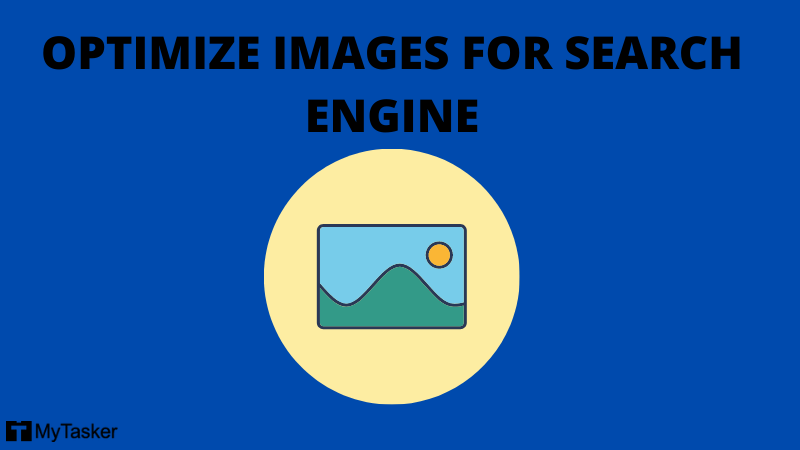
Images can open up plenty of gates leading to your website. Understanding the simple process of optimizing your image can help to boost your blog traffic. Help the search engines read your image and categorize it better by putting a descriptive title.
For instance, naming an image ‘improve-blog-traffic.jpg’ will help a search engine read it better than ’687-82ml.jpg.’
Descriptive titles and captions also help the user to understand the image and are like a final selling point to force them to click your image.
Optimize your size and formats for the search engines for better SERPs and loading time.
14. Internal link to your old blog posts
Once you have captured a reader by a post, your aim must be to never let them go. Casually arranging links here and there to help guide them further into the website towards your older blog posts is a good way to spike the interest of the reader and thus, increase blog traffic.
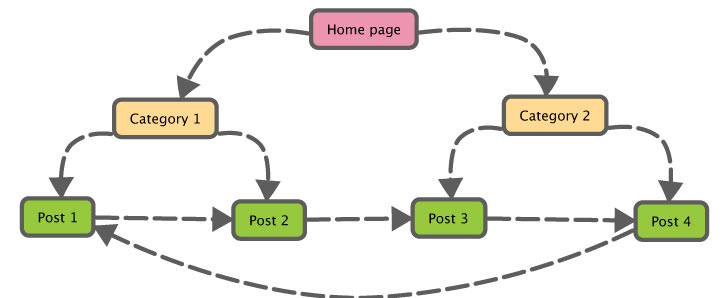
Wikipedia does this best.
Captivate, and gently drag your readers deeper inside your blogs.
15. Build only quality backlinks to your blog & website
One way of showing that your topic is one of interest among users and is a trending topic on the internet is by using backlinks. Backlinks are links that display the other webpages that link with your posts.
One of the major Google ranking factors are number and quality of links pointing to the individual webpages.
So, build some high quality backlinks to your blog & website to stay on the top.
16. Post high quality content regularly
The internet is full of attention hungry people waiting for their short-cut to fame. In this era of ruthlessness it is difficult to stay on top of everything even if you are true to your website and post useful content. One quick way to become history is to not contribute regularly.
Once you become lethargic in your posts, people naturally assume you have backed out of the game. Don’t let that happen.
Post.
Reach out.
Contribute.
17. Promote massively in social media

Almost every internet user has at least one social media account. It is their one place to view everything that goes on in the outside world through the safety of their profiles.
Promoting your articles on social media are like trumpet calls to their online doorstep. Every interested person who comes across your article link on social media is bound to click it. The result? Increase in traffic.
Conclusion:
Following all the tips above is guaranteed to help increase your blog traffic.
‘How to increase blog traffic faster’ is an evergreen topic that millions of blog writers will ask for decades to come. However, the most important part about having a blog is your responsibility to upload quality content that educate people and help create skilled content writers.
87% of organic search results are blog posts and 70% of the links users click on are organic results, not paid.
Do not forget to have fun with it! Enjoy your blogs!



.jpg)




.jpg)

_.jpg)


